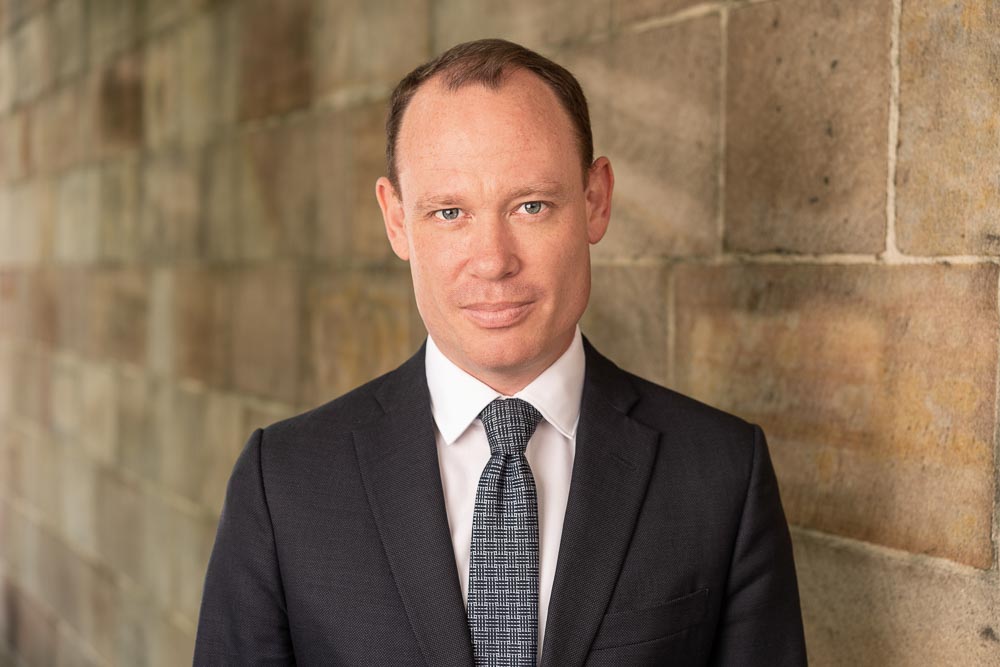On Tuesday this week, in Anchorage Capital Master Offshore Ltd v Sparkes (No 3); Bank of Communications Co Ltd v Sparkes (No 2) [2021] NSWSC 1025, the NSW Supreme Court gave judgment in two long-running proceedings (heard together) arising from the collapse of Arrium Limited and certain subsidiaries (Arrium Group). The Arrium Group was a major mining and materials group that had gone into voluntary administration and then liquidation with debts of more than $2 billion. Ball J dismissed claims made by two separate groups of financiers (or their assignees) who had advanced money to companies in the Arrium Group.
The judgment considers several interesting legal issues. Of particular significance, however, was the Court’s approach to determining an allegation that the Arrium Group was insolvent based on an inability to pay long-term debts (as opposed to debts that were immediately or imminently due for payment). In that regard, the plaintiffs in one of the proceedings claimed that certain Arrium Group officers engaged in misleading or deceptive conduct. That claim in turn relied on an allegation that the Arrium Group was, from 7 January 2016, insolvent because it was unable to repay unsecured debts of circa $900 million which would fall due for payment in July 2017 and thereafter.
The Court rejected that allegation. Two matters are particularly significant about the way the Court addressed the question of solvency.
First, the plaintiffs had contended that, because the civil standard of proof applied to the question of solvency, the Arrium Group was insolvent as at January 2016 if, at that time, it was more likely than not that the group would not be able to pay, when they fell due, its debts falling due in July 2017 and later. The allegation of insolvency relied on whether a future situation (that the Arrium Group would not be in a position to pay long-term debts when due) would come to pass. Ball J considered that the plaintiffs’ contention confused the standard of proof required to prove insolvency at a particular time (January 2016) with the level of certainty that the future situation would come to pass that was needed to meet that standard of proof. Ball J found that, while the fact of insolvency had to be proved on the balance of probabilities, assessing whether, as at January 2016, the Arrium Group could pay debts falling due some 18 months later required the Court to predict what would happen in the future based on what was known or knowable in January 2016. As his Honour said at [266], “In order to make that prediction – that is, in order to be able to say as at 7 January 2016 Arrium could not pay a debt falling due in July 2017 – there needs to be a high degree of certainty that that state of affairs would come about on the basis of the facts known or knowable at the earlier date. At most all that could be said is that it was unlikely that Arrium would be able to pay debts falling due in July 2017. But that is equivalent to saying that Arrium was likely to become insolvent, not that it was insolvent, from 7 January 2016 on.”
Second, the plaintiff banks had submitted, based upon established principles, that a mere theoretical possibility that lenders would compromise the debts owed by the Arrium Group was not enough to preclude a finding of insolvency, and that it was for the party contending that debts would ultimately be payable later or in a smaller amount than as contractually stipulated to make good that proposition. Ball J held that these principles did not apply in the same way in the circumstances of the Arrium Group. His Honour found that Arrium, a publicly listed company, relied upon borrowing for part of its working capital, and “[i]n the normal course of events, it would be expected that [Arrium] would rollover or replace on an ongoing basis the relevant borrowings as they became due for repayment”: [269]. Because of this, his Honour found, the plaintiff banks bore the onus of establishing that this would not have occurred. In other words, as part of the plaintiffs’ onus of proving insolvency, they bore the onus of proving that debts would not be handled in the same way that they had typically been handled by the company and its creditors in the past.
Patrick Holmes and Dominic Delany were part of the counsel team appearing for the Arrium Group’s liquidators in proceedings that were also heard together with the two proceedings the subject of the judgment. In those proceedings, the plaintiff liquidators had alleged that the Arrium Group had traded while insolvent. The liquidators settled that claim before the trial concluded. The judgment approving that settlement is In the matter of A.C.N. 004 410 833 Limited (formerly Arrium Limited) (In Liquidation) [2021] NSWSC 799.

Click here to view the profile of Patrick Holmes

Click here to view the profile of Dominic Delany
